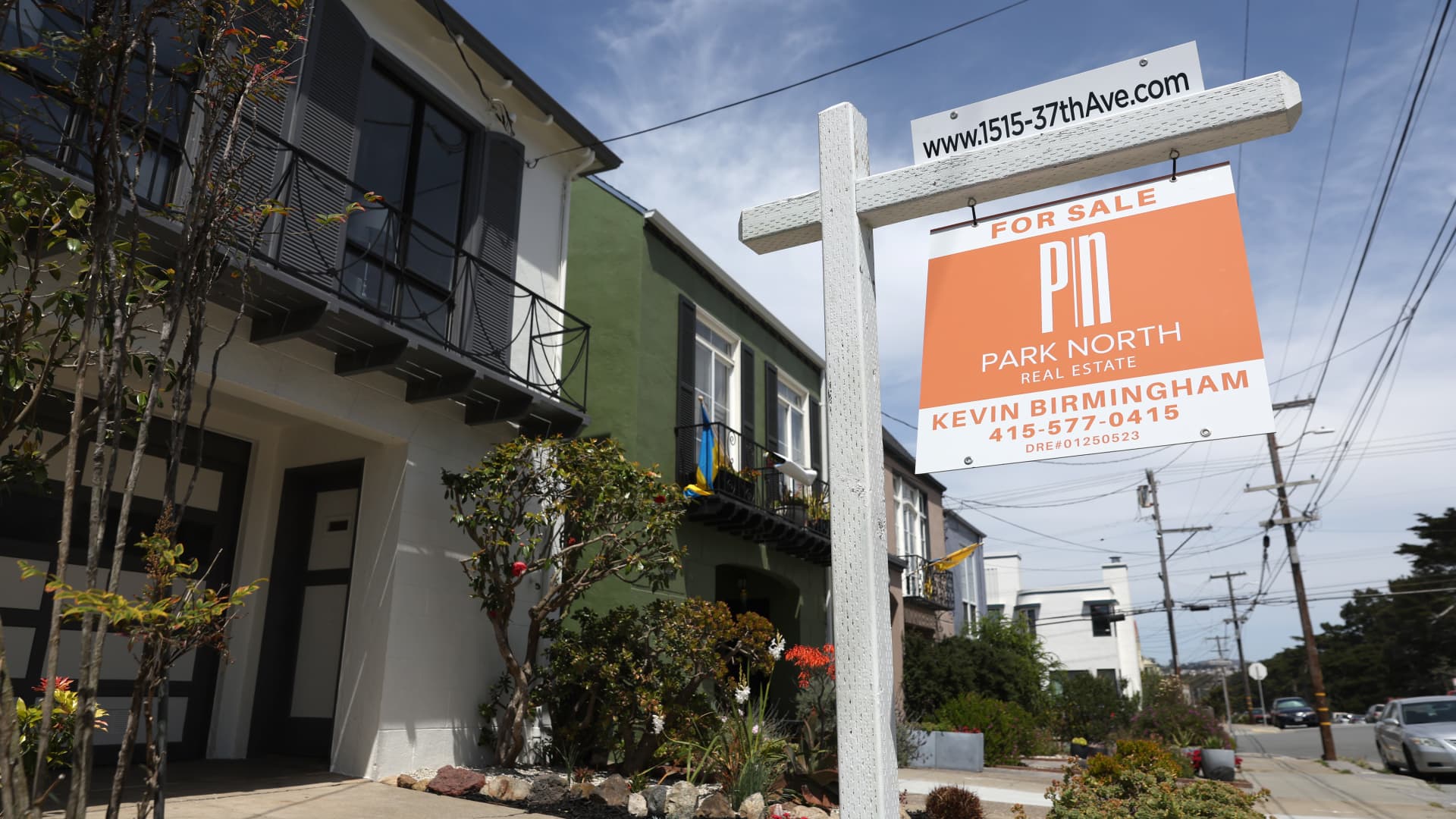CPE Executive Editor Therese Fitzgerald
There has been a lot of handwringing over the $1.5 trillion of U.S. commercial real estate debt coming due over the next two years and what it could do to the U.S. economy. Granted, where the office sector is concerned, there will be some defaults, some workouts, some disruption in the banking sector as well as some opportunity for real estate investors and financiers. But the impact is likely to pale against how China’s housing crash has worn on its economy and the wellbeing of its citizens.
Yesterday, Goldman Sachs joined other U.S. banks in cutting China’s full-year GDP estimates to 5.4 percent from 6 percent. While 5.4 percent still seems respectable, it reflects the weaker-than-expected post-COVID recovery following the end of China ‘s zero COVID strategy in January.
Factors contributing to the lowered expectations include: record youth unemployment, the persistent housing market crisis, a slow restructuring of the economy, and sagging confidence among consumers and investors, Goldman Sachs’ Chief China Economist Hui Shan told CNBC on Monday. Plus, stimulus efforts by the Chinese government have not had the desired impact, she added.
To understand the impact of China’s housing market debacle on the country’s economy, it’s important to note that real estate and related activities in China are roughly 25 percent of GDP, and 45 percent of household wealth is in housing. In smaller cities, where most of the housing has been built, that figure could be as much as 70 percent. Real estate is one of the few investment opportunities in China, and homeownership (as many as your savings will allow you to buy) is highly valued. So, in addition to being a big economic driver, the housing market is central to personal wealth, also.
Facilitated by government reforms and generous lending, housing boomed in China for some time. But home sales slowed in 2021 due in part to COVID-related restrictions. That left developers short on cash to finish projects and meet their tremendous debt obligations.
Yesterday, the largest of these developers, Evergrande, reported that its combined losses for 2021 and 2022 totaled $81 billion, according to the Associated Press. The company had to report its losses to facilitate the restructuring of $340 billion of debt obligations and to avoid being delisted on The Hong Kong Stock Exchange.
Meanwhile, many residents who paid for unbuilt apartment units are in limbo—and in debt. Construction employees, construction companies and suppliers are short on work. The housing crash has also had political impacts, pitting Beijing against local governments that relied on land sales to housing developers before the government cracked down on how much developers could borrow. The Peoples Bank of China has stepped in to offer attractive mortgage rates and credit to developers to help them finish projects, but the market is still struggling.
The Fed Is Watching
Certainly, $1.5 trillion of U.S. CRE maturities should not be minimized by comparing it to China’s housing woes. Rising interest rates and decreasing values have already left many loans “underwater,” Paul Fiorilla of Yardi Matrix wrote for CPE. And reduced demand for office space will definitely have its impacts. But it does help put things in perspective.
Testifying before the House Committee on Financial Services, Fed Chair Jerome Powell last month said the Fed “is very focused on the commercial real estate situation,” and is working closely with small banks that have a high concentration of these loans. At the same time, banks with less than $100 billion in assets will be exempt from increased capital requirements that the Fed is proposing in response to three bank failures earlier this month.
The next two years will be stressful for CRE, but, with some government intervention and industry self- regulation, they will probably not be devastating.
















